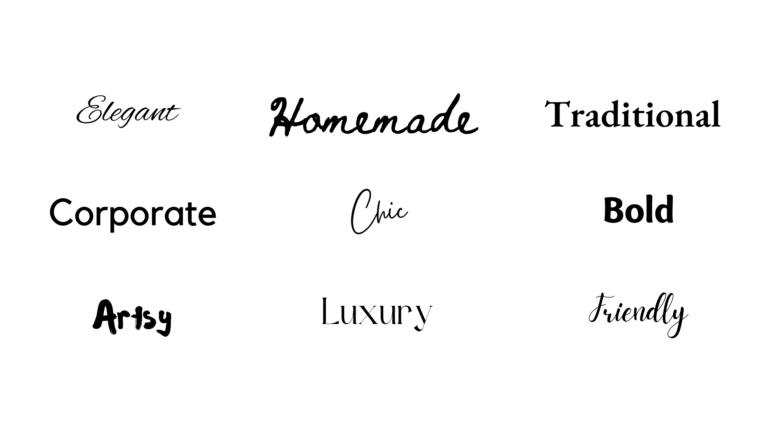It’s a myth that staying consistent stifles creativity. Actually, by focusing on consistency and using your brand constraints, it is actually easier to have more creativity! Without any constraints, you are open to create anything but when you have a goal of <insert your CTA here>, not just anything will do.
Consistency needs constraints
All successful companies have a brand (no, you aren’t too small!) and a brand guide that outlines the constraints like colours and fonts. One way to stay consistent is to use the same colour palette every time. The only way to truly do this is to use the numerical values for your colours. It also means using the same fonts every time. A client once told me that they thought using different fonts each time they posted an inspirational quote was a good idea but when we lined up all of their posts, they soon realized that any chance of brand recognition was totally lost with this approach. They were also relieved. They sometimes had a hard time choosing a new font for each post and were glad that they didn’t have to waste that time anymore.
Constraints help brand recognition
Brand constraints also include shapes, icons, and styles. When you are building your brand, you make decisions that you are going to stick with over time and that includes what kind of shapes you will include in your designs. Do you have an icon as part of your logo? Considering pulling it out separately for use and quick brand recognition in a small space. Is the shape of your logo a square, rectangle or circle? Use this shape when you are choosing what shapes to include on your posts. It’s subtle but still helps. As we scroll through social posts, sometimes we only retain a small piece of information about what we just saw. We want to give our audience the best chance at remembering us and by focusing on brand recognition as part of our creation process we are doing just that.
As we scroll, we only retail a small piece of information, by focusing on brand recognition, we are giving our audience the best chance at remembering us.
What kind of style does your brand have? Casual? Formal? Hint: it should match your font. Serif fonts (with the little feet) are more formal where sans serif (no feet) and display fonts like handwriting are more casual. The stock photo images you choose also plays a part in defining your style. Do any photos you choose have people in them? Please be diverse in the people you choose in your stock photos and stick to photos with people for the length of your campaign. Does your branding have a serious tone? or Happy? Figure out the feelings you want your audience to associate with your brand and make sure your photos, fonts, and colours match.
Creativity is easier after constraints
Everyone’s creative process is different. We all start from different places, have different skills, and styles of working. By using your brand guide as a starting point, instead of staring at a blank screen with infinite possibilities (scary?), you start with your fonts and colours and your job is already half done! You can feel confident that you have done what you need to do in terms of brand recognition and then are free to be creative with the rest.
You can be creative in ways like placement (where you place things on the page), size (although remember the most important piece of text needs to be the largest!) and composition (what kind of things are going on the page?).
Don’t forget the CTA
You made it! You’ve got all of the elements of your social post on the screen and they are consistent with your brand-yay! Now ask: What is the purpose of this image again? What do you want your audience to do when they see it? Signup for something? Buy something?
Pro tip: never put links in an image. You can’t click on them and they create an additional step by asking the reader to write down the link to continue or worse, frustration that causes your reader to scroll on to something else. Put links and more information in the text that accompanies the image for maximum engagement. You also don’t have to put every. single. thing. in an image. The image is supposed to draw your reader in so they read the text and take the action. You only have limited real estate, make sure you are telling them the most important thing like “Spring Sale” or “Class now available” and leave the details elsewhere.
After constraints there is still creativity
By focusing on using your brand constraints so you can be consistent, it is actually easier to have more creativity. With all of the things you have to consider when making a post like brand colours, hierarchy, and purpose there is still plenty of room for creativity when considering composition, size and placement. And instead of starting with an infinite blank screen and no direction, you already know the rhyme (brand guide) and reason (purpose) of your post- put your own stamp on it and-done!


